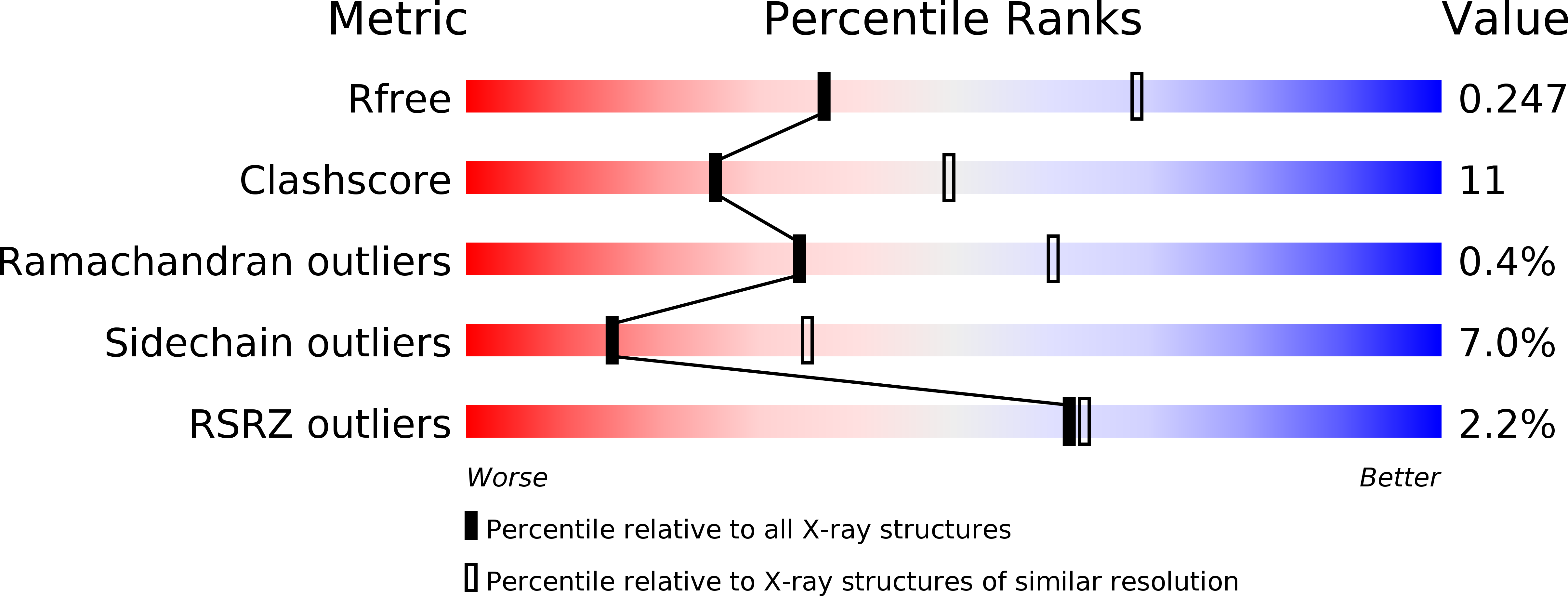
Deposition Date
2012-11-27
Release Date
2013-12-11
Last Version Date
2024-11-27
Entry Detail
PDB ID:
4I41
Keywords:
Title:
Crystal Structure of human Ser/Thr kinase Pim1 in complex with mitoxantrone
Biological Source:
Source Organism:
Homo sapiens (Taxon ID: 9606)
Host Organism:
Method Details:
Experimental Method:
Resolution:
2.70 Å
R-Value Free:
0.24
R-Value Work:
0.19
R-Value Observed:
0.19
Space Group:
P 65


